The Hayabusa in brief

The Nakajima Ki-43 Hayabusa (隼, "Peregrine Falcon") was a Japanese single-engine fighter aircraft used primarily by the Imperial Japanese Army Air Force (IJAAF) during World War II. Known to the Allies by its reporting name "Oscar", it was Japan's most widely used Army fighter during the conflict. Born from Nakajima Aircraft Company it made its first flight on January 1939 and was introduced in 1941. Its primary User was the Imperial Japanese Army Air Force as a fighter, for primarily air superiority. It was powered by a Nakajima Ha-115 radial engine for a top speed of 530 km/h (330 mph) for a range up to 1,765 km (1,096 mi) with drop tanks. The early armament was two 7.7 mm LMGs, and later 2 × 12.7 mm Ho-103 machine guns.
It Lightweight and Agile and known for its exceptional maneuverability, and often compared to the Mitsubishi A6M Zero in terms of handling. However this was traded by weak Protection: Like many early Japanese aircraft, it lacked armor and self-sealing fuel tanks, making it vulnerable.
Variants: Included the Ki-43-I, Ki-43-II, and Ki-43-III, with improvements in engine power, armament, and limited armor.
Combat Success: It was very effective early in the war, particularly over China, Burma, and the Pacific. However, its performance was outclassed by newer Allied fighters like the P-51 Mustang and F6F Hellcat. The Ki-43 was Japan’s most produced Army fighter with over 5,900 units built. It served in kamikaze missions later in the war as Japan grew desperate. Despite its flaws, it earned respect for its agility and the skill of its pilots.
Detailed specs

Ki-43 | |
| Crew: | 1: Pilot |
| Fuselage Lenght | 8.92 m (29 ft 3 in) |
| Wingspan | 10.84 m (35 ft 7 in) |
| Wing area | 21.4 m2 (230 sq ft) |
| Height | 3.27 m (10 ft 9 in) |
| Empty weight: | 1,910 kg (4,211 lb) gross 2,590 kg (5,710 lb) |
| Max takeoff weight: | 2,925 kg (6,449 lb) |
| Airfoil Root: | NN-12 mod. (18%); tip: NN-12 mod. (8%) |
| Propeller: | 3-bladed metal constant-speed propeller 2.79 m (9 ft 2 in) |
| Engine: | Nakajima Ha-115 14-cyl. AC radial 970 kW (1,300 hp) TO |
| Power: | 890 kW (1,200 hp)/3,000 m (9,800 ft) |
| Fuel: | 550 L (120 imp gal) plus 2 × 200 L (53 US gal; 44 imp gal) drop tanks |
| Top speed: | 530 km/h (330 mph, 290 kn) at 4,000 m (13,000 ft) |
| Climb rate: | 5,000 m (16,000 ft) in 5 minutes, 49 seconds |
| Range: | 1,760 km (1,090 mi, 950 nmi) |
| Service ceiling: | 11,200 m (36,700 ft) |
| Wing Loading: | 121 kg/m2 (25 lb/sq ft) |
| Power/mass: | 0.33 kW/kg (0.20 hp/lb) |
| Armament: MGs | 2 × 12.7 mm (0.500 in) Ho-103 |
| Armament: Bombs | 2 × 30 kg (66 lb) bombs or 2 × 250 kg (550 lb) bombs |
Comparison with others:

| Feature | Ki-43 Hayabusa (Oscar) | A6M Zero | P-40 Warhawk | F6F Hellcat | P-51 Mustang |
|---|---|---|---|---|---|
| Role | Army Fighter | Navy Fighter | USAAF Fighter | Carrier-based Navy Fighter | Long-range Escort Fighter |
| Year Entered Service | 1941 | 1940 | 1938 | 1943 | 1942 |
| Max Speed | ~530 km/h (330 mph) | ~540 km/h (336 mph) | ~580 km/h (360 mph) | ~610 km/h (380 mph) | ~700 km/h (437 mph) |
| Range | ~1,765 km (w/ drop tanks) | ~1,870 km (1,160 mi) | ~1,100 km (684 mi) | ~1,530 km (950 mi) | ~2,755 km (1,700 mi) |
| Armament | 2 × 12.7 mm MGs (later: cannon) | 2 × 20 mm cannon + 2 × 7.7 mm MGs | 6 × 0.50 cal MGs | 6 × 0.50 cal MGs | 6 × 0.50 cal MGs |
| Armor / Protection | Minimal | Minimal | Moderate | Good | Excellent |
| Maneuverability | Excellent (esp. at low speed) | Excellent (esp. at low speed) | Fair | Good | Good |
Ki-43 vs A6M Zero
Agility: Both were extremely agile, especially at lower speeds. The Ki-43 was slightly more maneuverable due to its lighter frame.Firepower: The Zero had superior firepower with 20 mm cannons. Early Ki-43s were underarmed.
Protection: Both lacked armor and self-sealing fuel tanks early on, but the Zero had a slight edge in survivability.
Service Branch: Ki-43 was an Army aircraft; Zero was Navy.
Combat Use: Both dominated early in the war, but struggled against newer Allied fighters later.
Ki-43 vs Allied Fighters
Against the P-40 Warhawk
Ki-43 Advantage: Better maneuverability in a dogfight.P-40 Advantage: Faster, heavily armed, and much more durable.
Outcome: P-40s used "boom-and-zoom" tactics—diving attacks and avoiding turning fights.
Against the F6F Hellcat
Ki-43 Advantage: Maneuverability at low altitudes.Hellcat Advantage: Superior speed, firepower, durability, and pilot protection.
Outcome: The Hellcat dominated Pacific air battles from 1943 onward.
Against the P-51 Mustang
Ki-43 Advantage: None meaningful by 1944–45.P-51 Advantage: Overwhelming in every category—speed, range, firepower, and protection.
Outcome: The Ki-43 was hopelessly outclassed by the Mustang, especially in high-altitude engagements.
Ki-43 Pilots relied on extreme agility, tight turning, and dogfighting skill. Allied Pilots learned to avoid turning fights, instead using speed, altitude, and firepower to win. By the end of the war, the Ki-43 was used in kamikaze missions due to its obsolescence.
Variants of the Ki-43
Ki-43-I
1941: Initial production model. Extremely lightweight and maneuverable, but poorly armed and lacked protection.Ki-43-Ia
1941 Armed with 2 × 7.7 mm machine guns; fixed landing gear; no armor or self-sealing fuel tanks.Ki-43-Ib
1942 Upgraded to 2 × 12.7 mm Ho-103 machine guns; still lacked armor.Ki-43-Ic
1942 Minor improvements; some began receiving basic armor and fuel protection.Ki-43-II
1942–43 Major redesign for better performance and survivability. Featured a more powerful Nakajima Ha-115 engine and pilot armor.Ki-43-IIa
1943 Added armor behind the pilot and self-sealing fuel tanks; armament remained 2 × 12.7 mm MGs.Ki-43-IIb
1944 Improved canopy, engine cowling, and overall production quality.Ki-43-IIIa
Late 1944 Final major production version. Powered by Nakajima Ha-115-II, improved high-altitude performance.Ki-43-IIIb
Prototype Experimented with 20 mm cannon armament, but never mass-produced.Experimental versions: Ki-43 Kai: Prototype featuring further aerodynamic refinements and additional firepower. Ki-43 with Bomb Racks: Modified versions carried bombs for fighter-bomber or kamikaze missions later in the war. Recon Versions: Field modifications occasionally removed armament to convert the Ki-43 into light reconnaissance platforms.
Illustrations and Photos
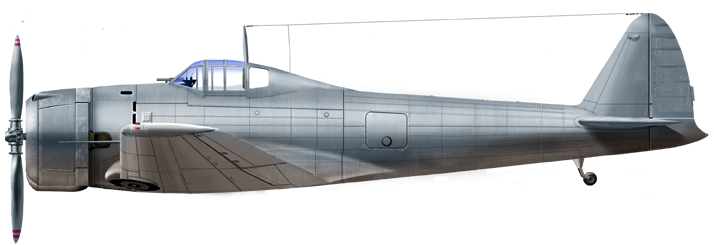
Ki-43 first prototype. It would fly first on January 1939. Note, i can't find any photo for markings;

Ki-43-IIb Hayabusa "Oscar" (1st Air Combat Regiment, 1st Company, 1st Squadron, Home Defence 1943)
More to Come.






Read More
en.wikipedia.orgSoHo/Museum/4826/Oscar
warbirdforum.com
warbirdforum.com
commons.wikimedia.org
ndlsearch.ndl.go.jp
internetmodeler.com
SCRIBD
Video: Rex's Hangar
- Lohner E (1913)
- Macchi M3 (1916)
- Macchi M5 (1918)
- Ansaldo ISVA (1918)
- Sopwith Baby (1916)
- Short 184 (1916)
- Fairey Campania (1917)
- Sopwith Cuckoo (1917)
- Felixstowe F.2 (1917)
- Friedrichshafen FF 33 (1916)
- Albatros W4 (1916)
- Albatros W8 (1918)
- Hanriot HD.2
- Grigorovitch M5
- IJN Farman MF.7
- IJN Yokosho Type Mo
- Yokosho Rogou Kougata (1917)
- Yokosuka Igo-Ko (1920)
- Curtiss N9 (1916)
- Aeromarine 39
- Vought VE-7
- Douglas DT (1921)
- Boeing FB.5 (1923)
- Boeing F4B (1928)
- Vought O2U/O3U Corsair (1928)
- Blackburn Blackburn (1922)
- Supermarine Seagull (1922)
- Blackburn Ripon (1926)
- Fairey IIIF (1927)
- Fairey Seal (1930)
- LGL-32 C.1 (1927)
- Caspar U1 (1921)
- Dornier Do J Wal (1922)
- Rohrbach R-III (1924)
- Mitsubishi 1MF (1923)
- Mitsubishi B1M (1923)
- Yokosuka E1Y (1923)
- Nakajima A1N (1927)
- Nakajima E2N (1927)
- Mitsubishi B2M (1927)
- Nakajima A4N (1929)
- CANT 18
WW1
✠ K.u.K. Seefliegerkorps:
 Italian Naval Aviation
Italian Naval Aviation
 RNAS
RNAS
 Marineflieger
Marineflieger
 French Naval Aviation
French Naval Aviation
 Russian Naval Aviation
Russian Naval Aviation
 IJN Air Service
IJN Air Service
 USA
USA
Interwar
 Interwar US
Interwar US
 Interwar Britain
Interwar Britain
 Interwar France
Interwar France
 Interwar Germany
Interwar Germany
 Interwar Japan
Interwar Japan
 Interwar Italy
Interwar Italy
- Curtiss SOC seagull (1934)
- Grumman FF (1931)
- Curtiss F11C Goshawk (1932)
- Grumman F2F (1933)
- Grumman F3F (1935)
- Northrop BT-1 (1935)
- Grumman J2F Duck (1936)
- Consolidated PBY Catalina (1935)
- Brewster/NAF SBN-1 (1936)
- Curtiss SBC Helldiver (1936)
- Vought SB2U Vindicator (1936)
- Brewster F2A Buffalo (1937)
- Douglas TBD Devastator (1937)
- Vought Kingfisher (1938)
- Curtiss SO3C Seamew (1939)
- Douglas SBD Dauntless (1939)
- Grumman F4F Wildcat (1940)
- F4U Corsair (NE) (1940)
- Brewster SB2A Buccaneer (1941)
- Grumman TBF/TBM Avenger (1941)
- Consolidated TBY Sea Wolf (1941)
- Grumman F6F Hellcat (1942)
- Curtiss SB2C Helldiver (1942)
- Curtiss SC Seahawk (1944)
- Grumman F8F Bearcat (1944)
- Ryan FR-1 Fireball (1944)
- Douglas AD-1 Skyraider (1945)
Fleet Air Arm
- Fairey Swordfish (1934)
- Blackburn Shark (1934)
- Supermarine Walrus (1936)
- Fairey Seafox (1936)
- Blackburn Skua (1937)
- Short Sunderland (1937)
- Blackburn Roc (1938)
- Fairey Albacore (1940)
- Fairey Fulmar (1940)
- Grumman Martlet (1941)
- Hawker sea Hurricane (1941)
- Brewster Bermuda (1942)
- Fairey Barracuda (1943)
- Fairey Firefly (1943)
- Grumman Tarpon (1943)
- Grumman Gannet (1943)
- Supermarine seafire (1943)
- Blackburn Firebrand (1944)
- Hawker Sea Fury (1944)
IJN aviation
- Aichi D1A "Susie" (1934)
- Mitsubishi A5M "Claude" (1935)
- Nakajima A4N (1935)
- Yokosuka B4Y "Jean" (1935)
- Mitsubishi G3M "Nell" (1935)
- Nakajima E8N "Dave" (1935)
- Kawanishi E7K "Alf" (1935)
- Nakajima B5N "Kate" (1937)
- Kawanishi H6K "Mavis" (1938)
- Aichi D3A "Val" (1940)
- Mitsubishi A6M "zeke" (1940)
- Nakajima E14Y "Glen" (1941)
- Nakajima B6N "Jill" (1941)
- Mitsubishi F1M "pete" (1941)
- Aichi E13A Reisu "Jake" (1941)
- Kawanishi E15K Shiun "Norm" (1941)
- Nakajima C6N Saiun "Myrt" (1942)
- Yokosuka D4Y "Judy" (1942)
- Kyushu Q1W Tokai "Lorna" (1944)
Luftwaffe
- Arado 196 (1937)
- Me109 T (1938)
- Blohm & Voss 138 Seedrache (1940)
Italian Aviation
- Savoia-Marchetti S.55
- IMAM Ro.43/44
- CANT Z.501 Gabbiano
- CANT Z.506 Airone
- CANT Z.508
- CANT Z.511
- CANT Z.515
French Aeronavale
- GL.300 (1926-39)
- Levasseur PL.5 (1927)
- Potez 452 (1935)
- Loire 210 (1936)
- Loire 130 (1937)
- LN 401 (1938)
Soviet Naval Aviation
- Shavrov SH-2 (1928)
- Tupolev TB-1P (1931)
- Beriev MBR-2 (1930)
- Tupolev MR-6 (1933)
- Tupolev MTB-1 (1934)
- Beriev Be-2 (1936)
- Polikarpov I16 naval (1936)
- Tupolev MTB-2 (1937)
- Ilyushine DB-3T/TP (1937)
- Beriev Be-4 (1940)
-
Skoda Š-328V
R-XIII Idro
Fokker C.XI W (1934)
WW2
- De Havilland Sea Vixen
- Hawker Sea Hawk
- Supermarine Scimitar
- Blackburn Buccaneer
- Hawker Sea Harrier
- Douglas A4 Skyhawk
- Grumman F9F Panther
- Vought F8 Crusader
- McDonnell-Douglas F-4 Phantom-II
- North Am. A5 Vigilante
- TU-142
- Yak 38 forger
☢ Cold War
✧ NATO
 Fleet Air Arm
Fleet Air Arm
 US Navy
US Navy
☭ Warsaw Pact
Merch
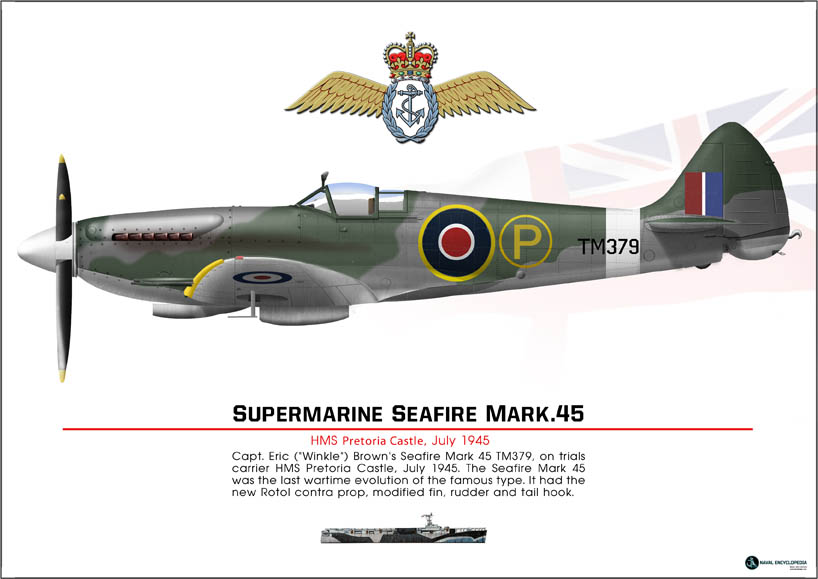
Seafire Mark 45; HMS Pretoria Castle
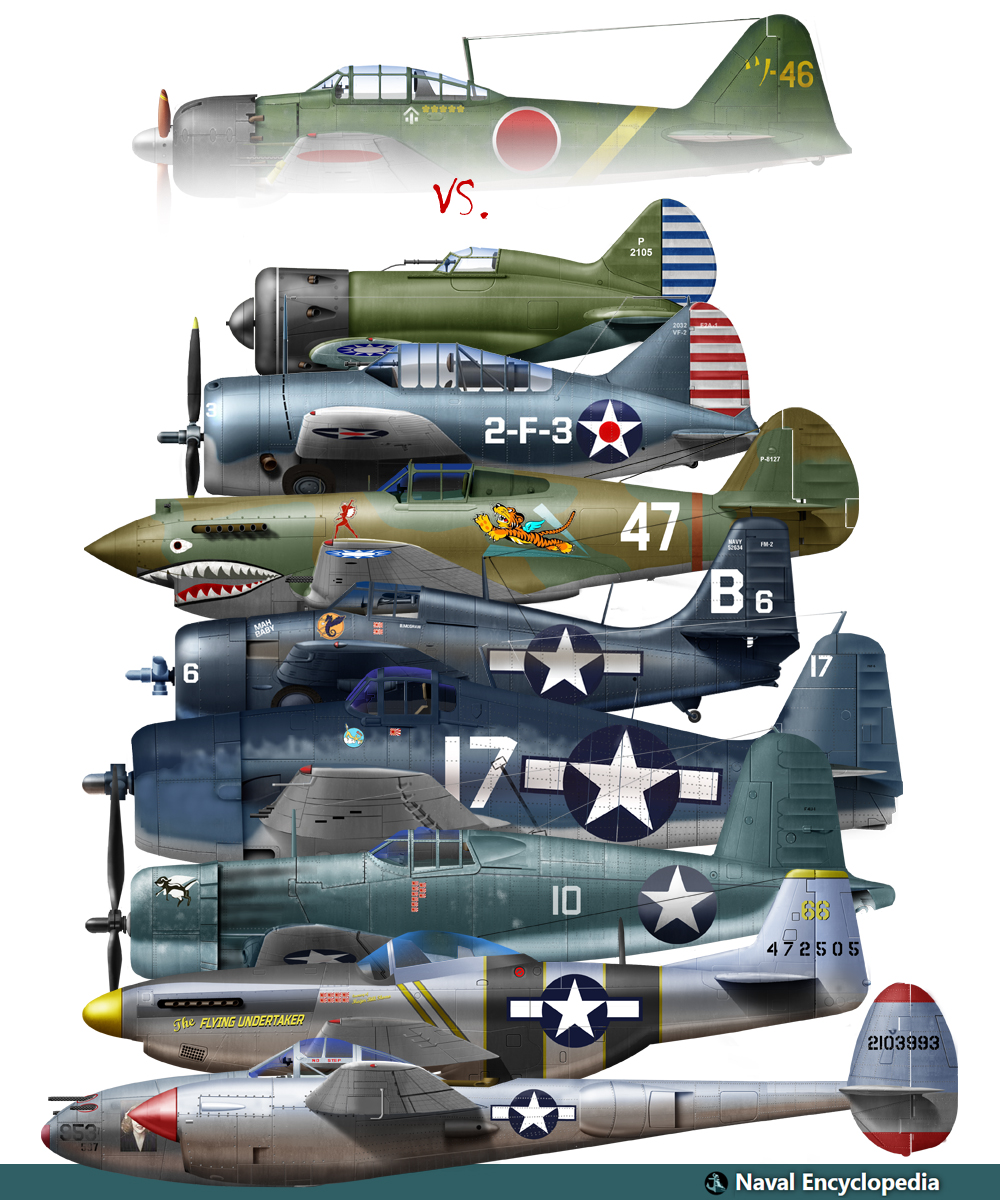
Zeros vs its aversaries
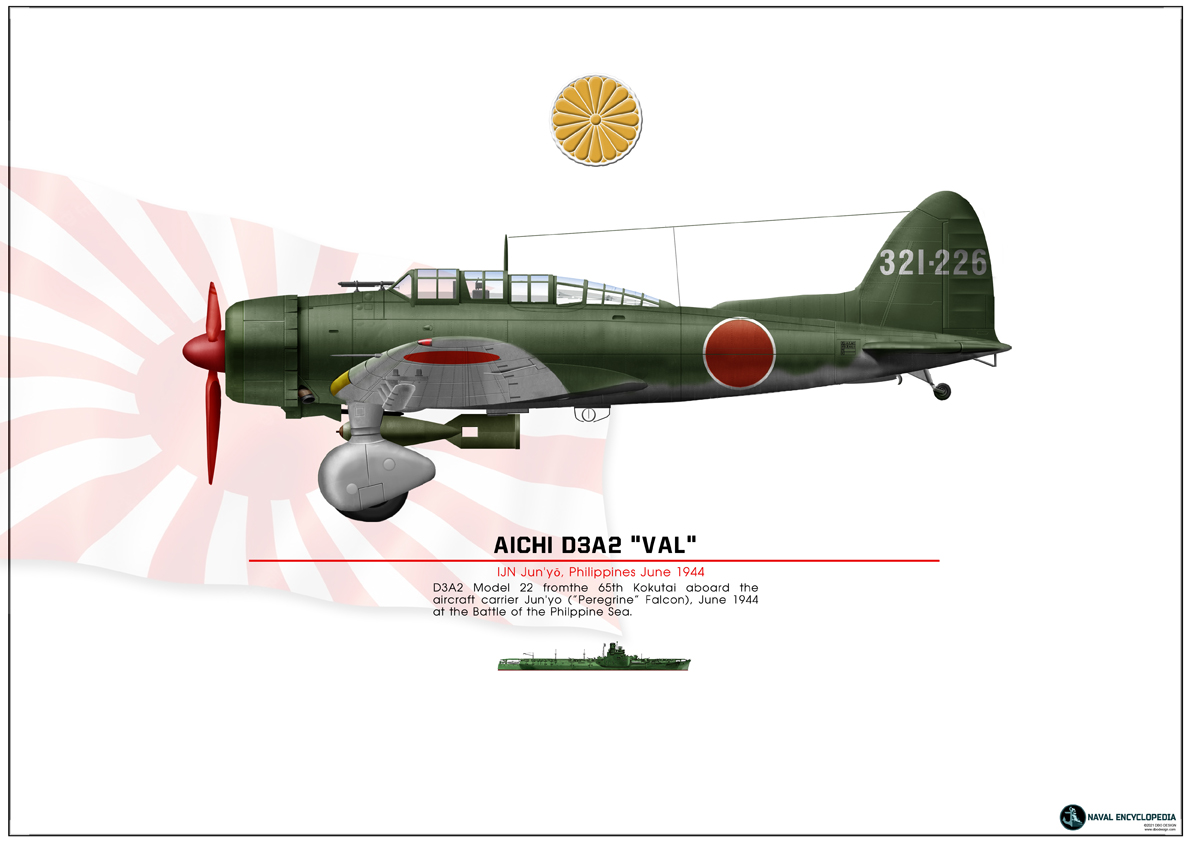
Aichi D3A “Val” Junyo
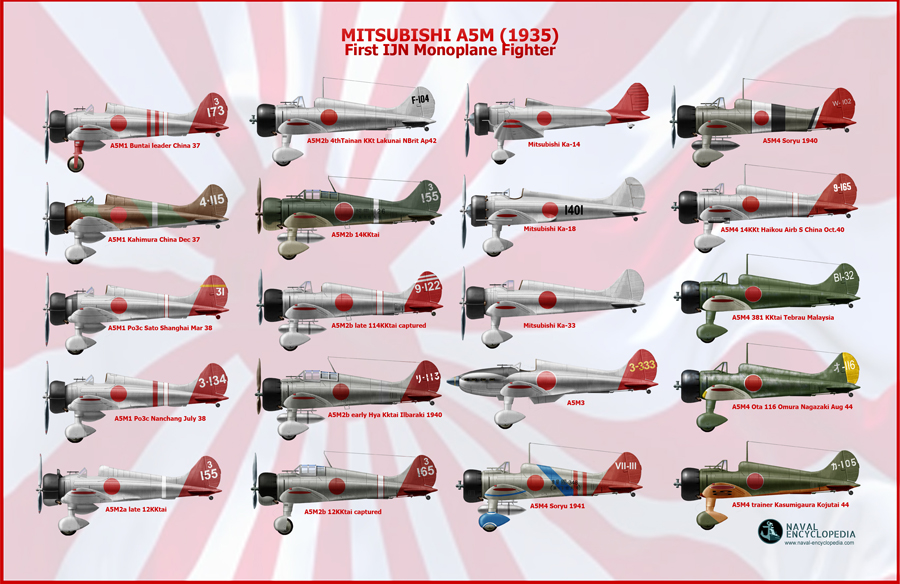
Mitsubishi A5M poster
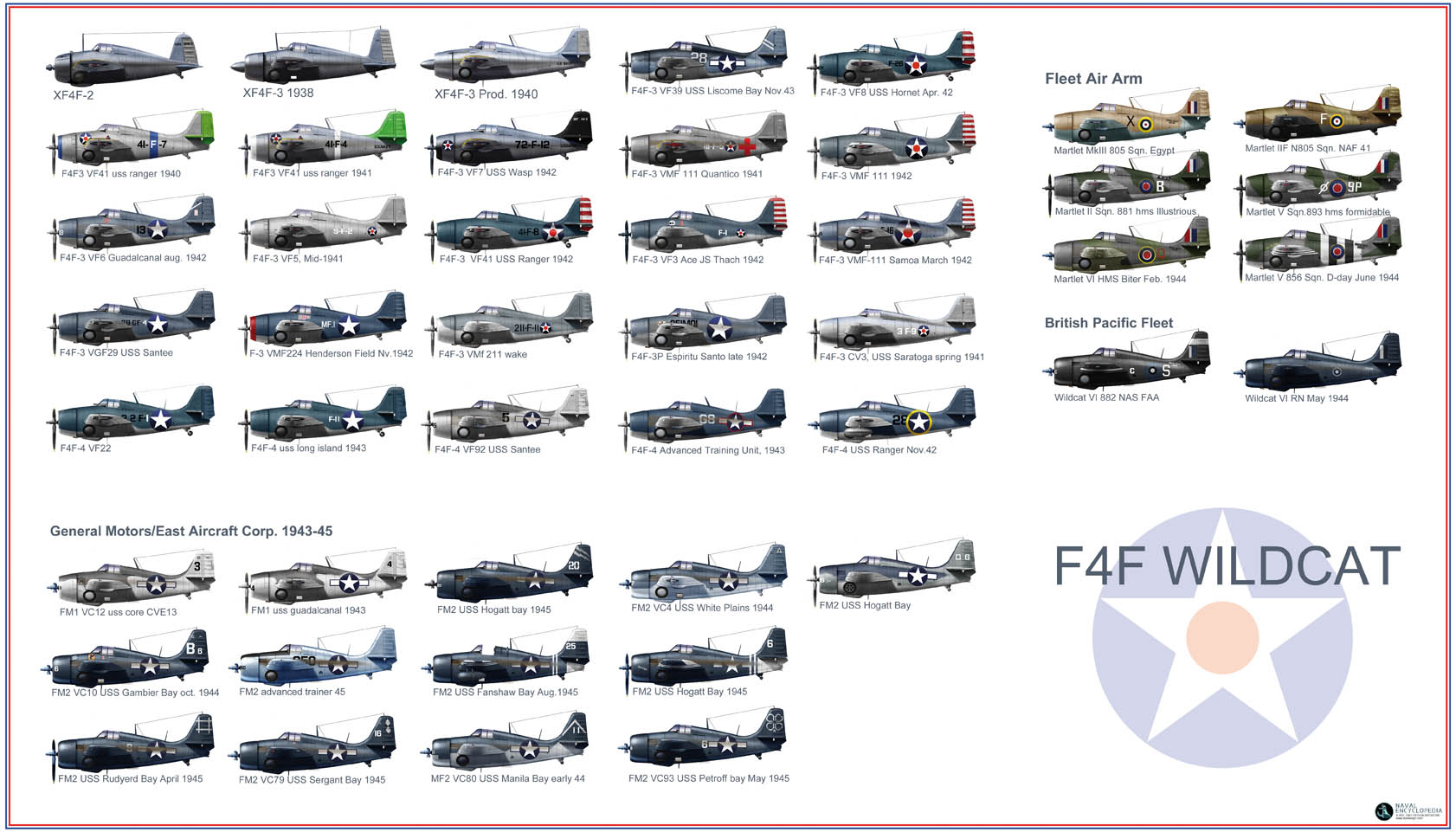
F4F wildcat
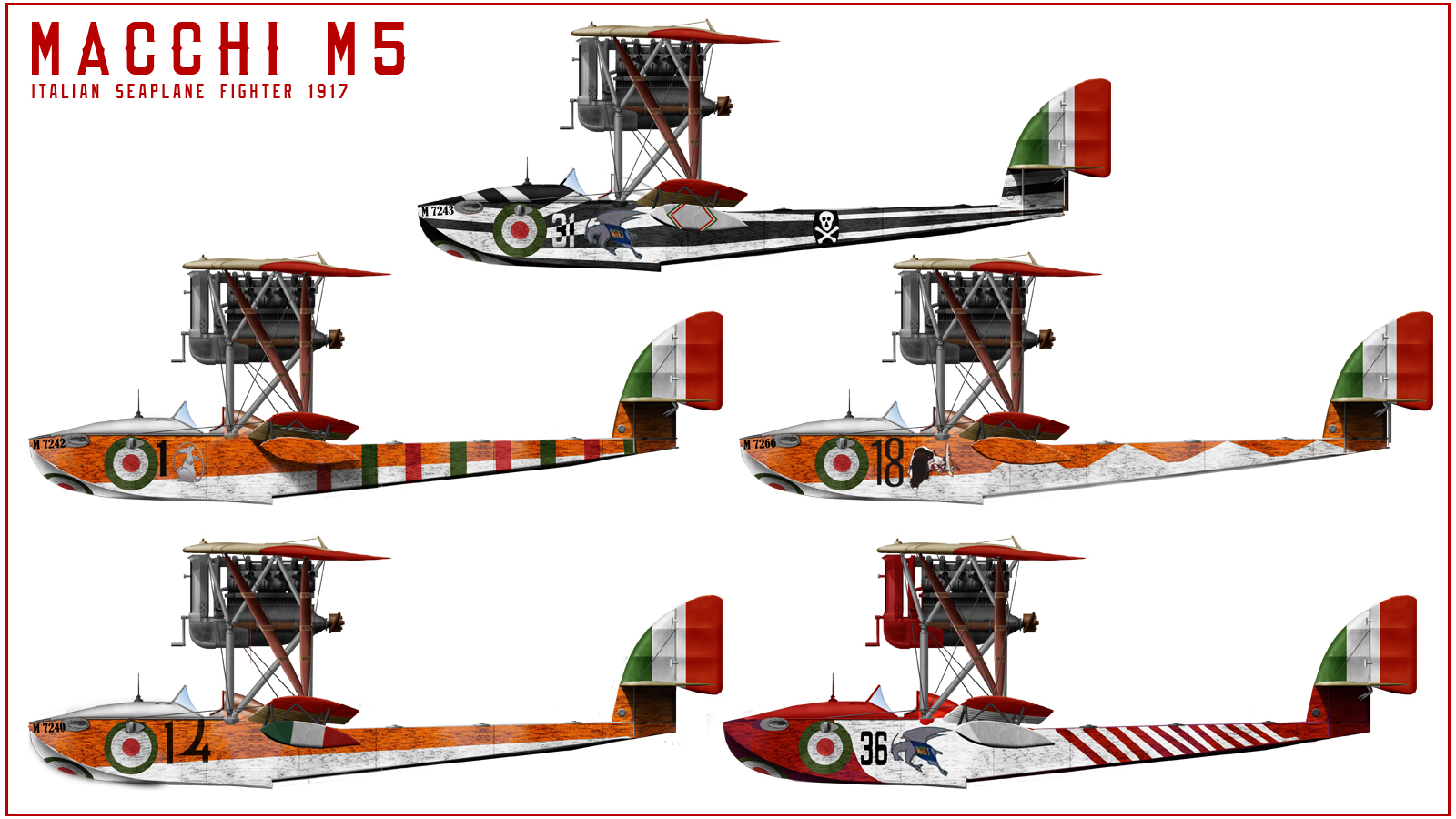
Macchi M5
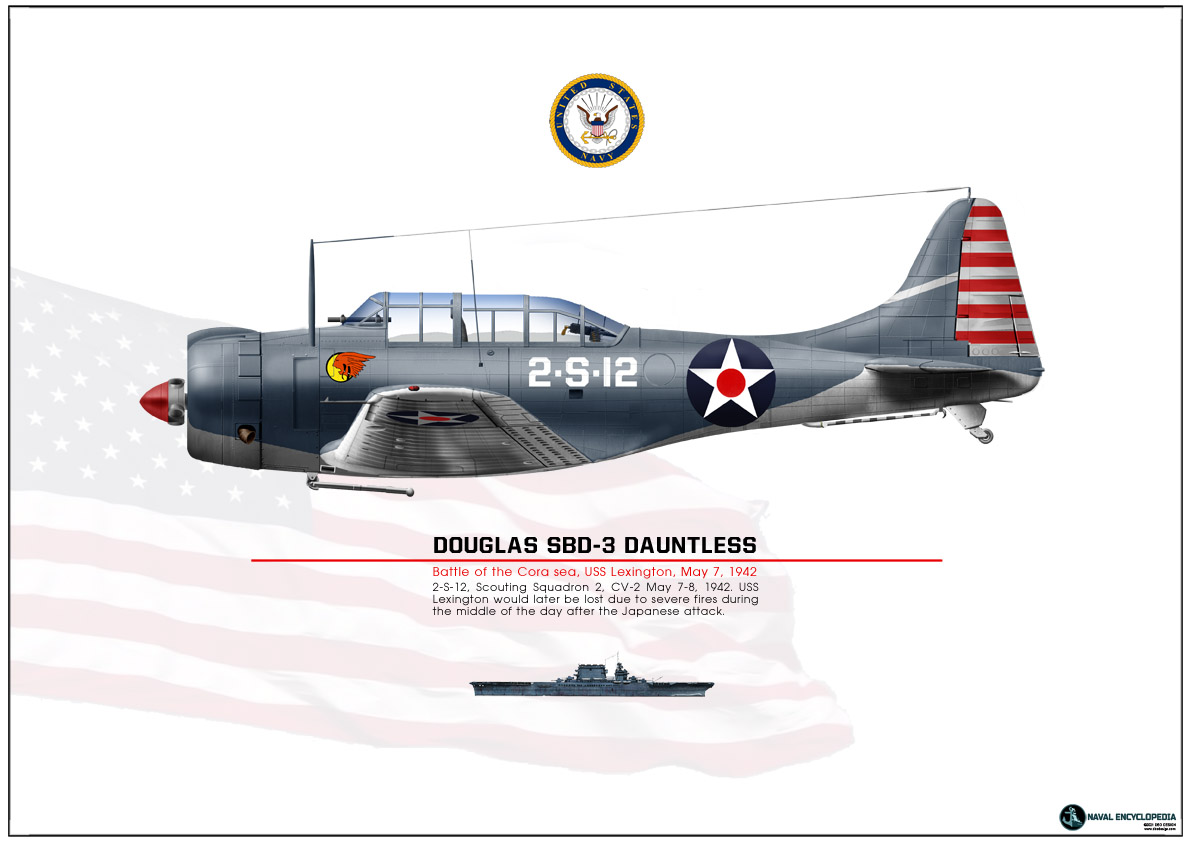
SBD Dauntless Coral Sea
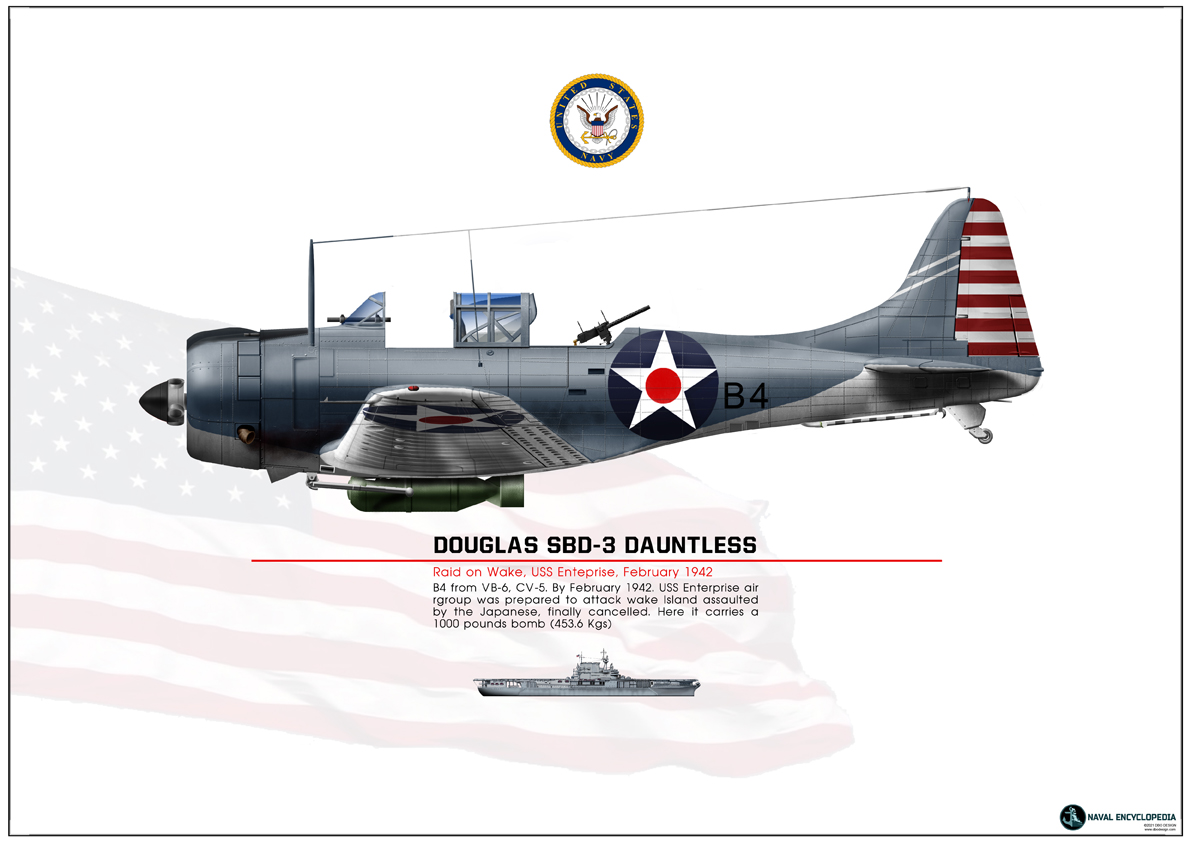
SBD Dauntless USS Enterprise
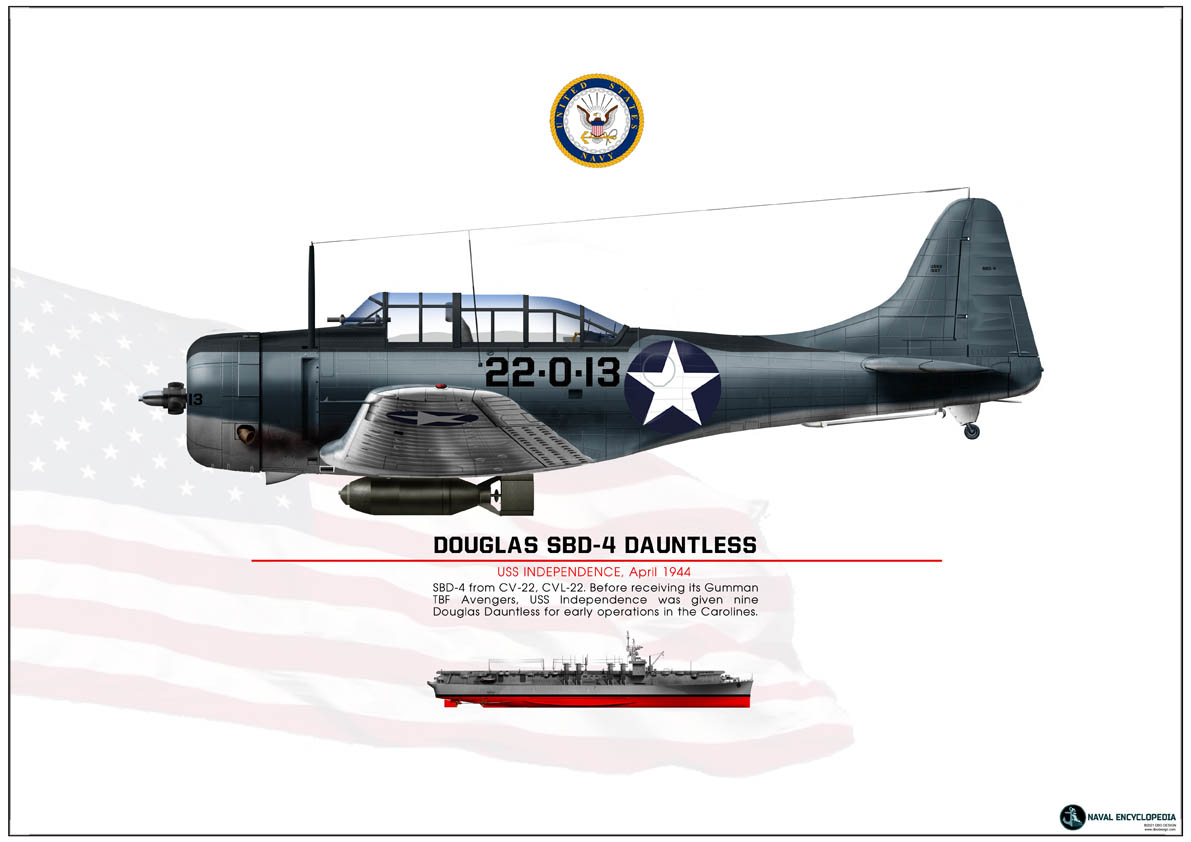
SBD-4 CV22